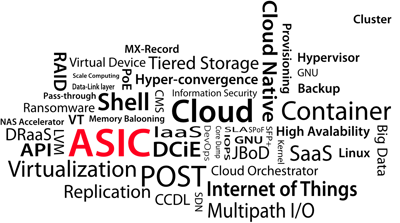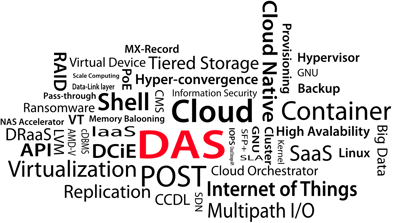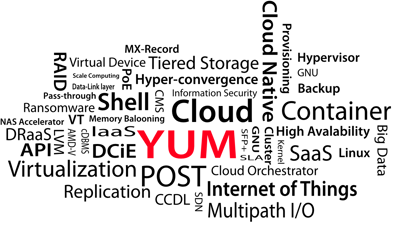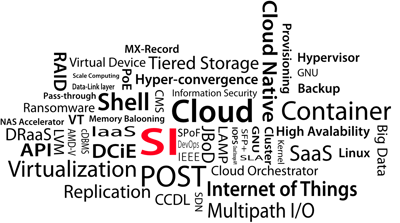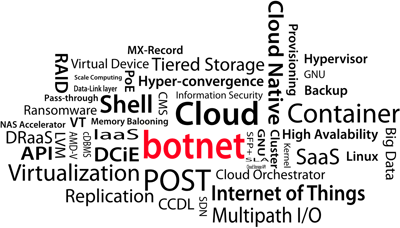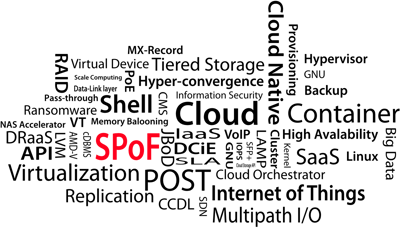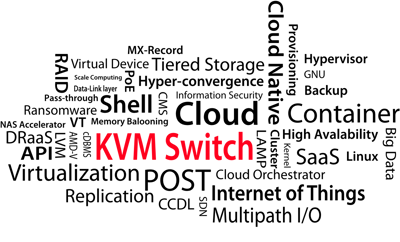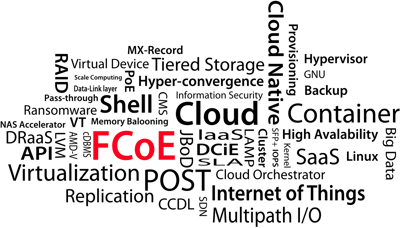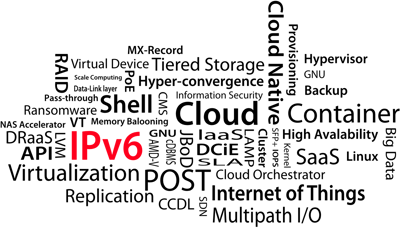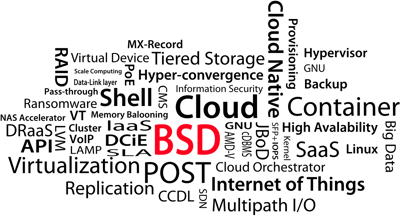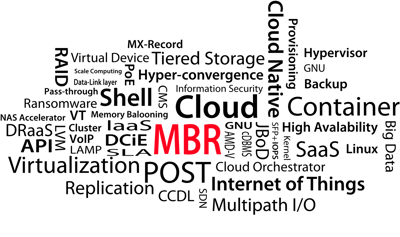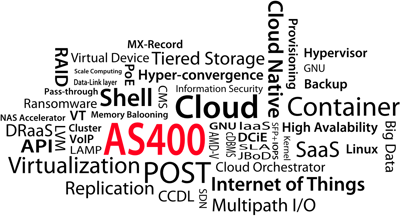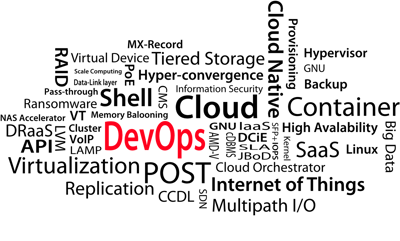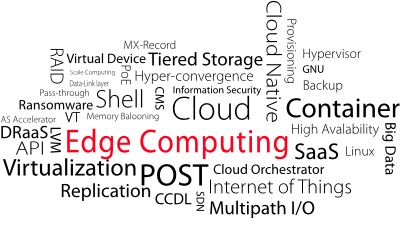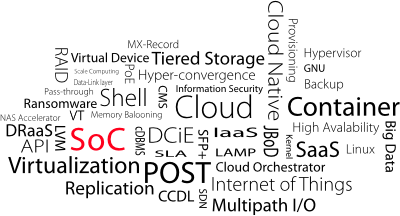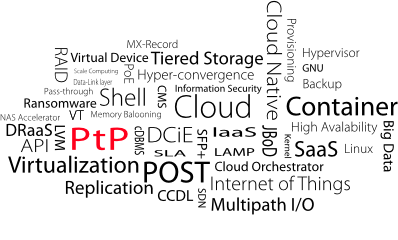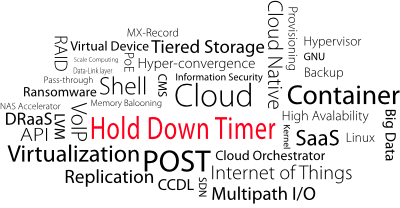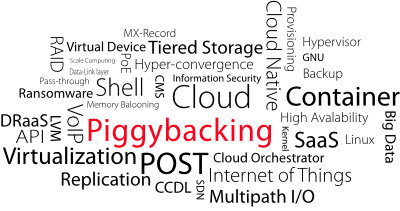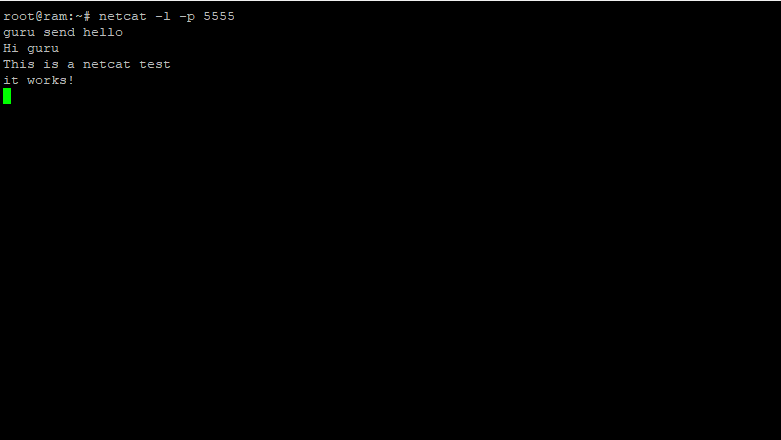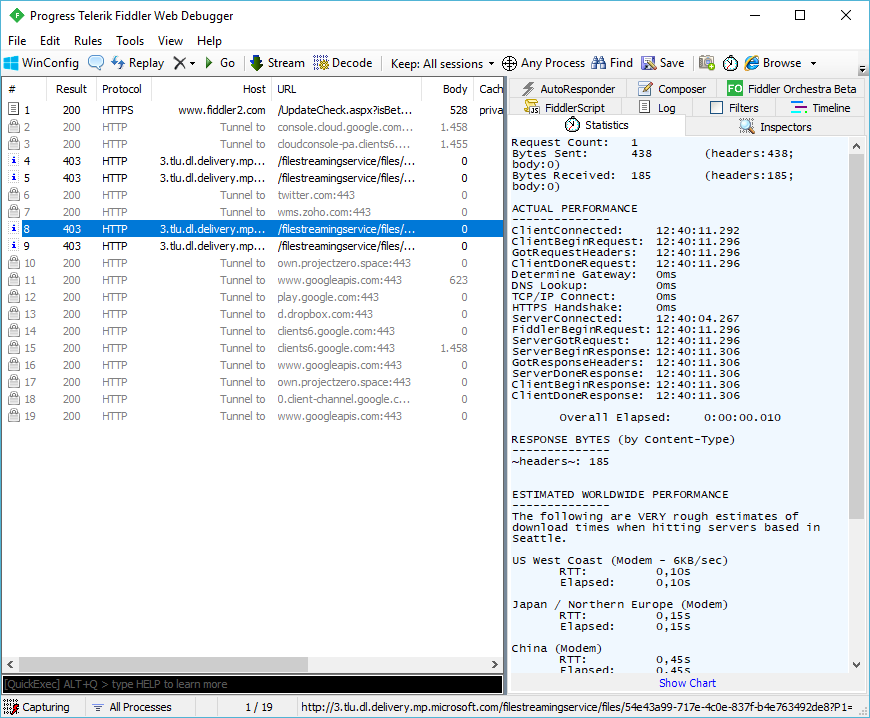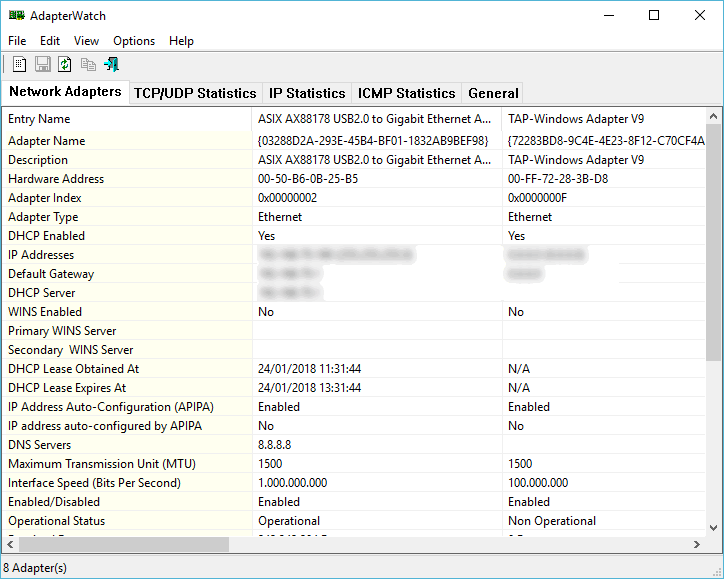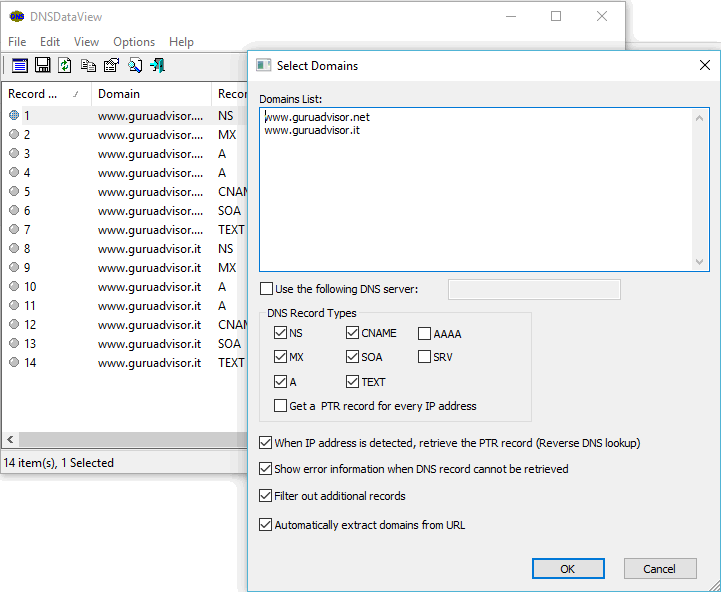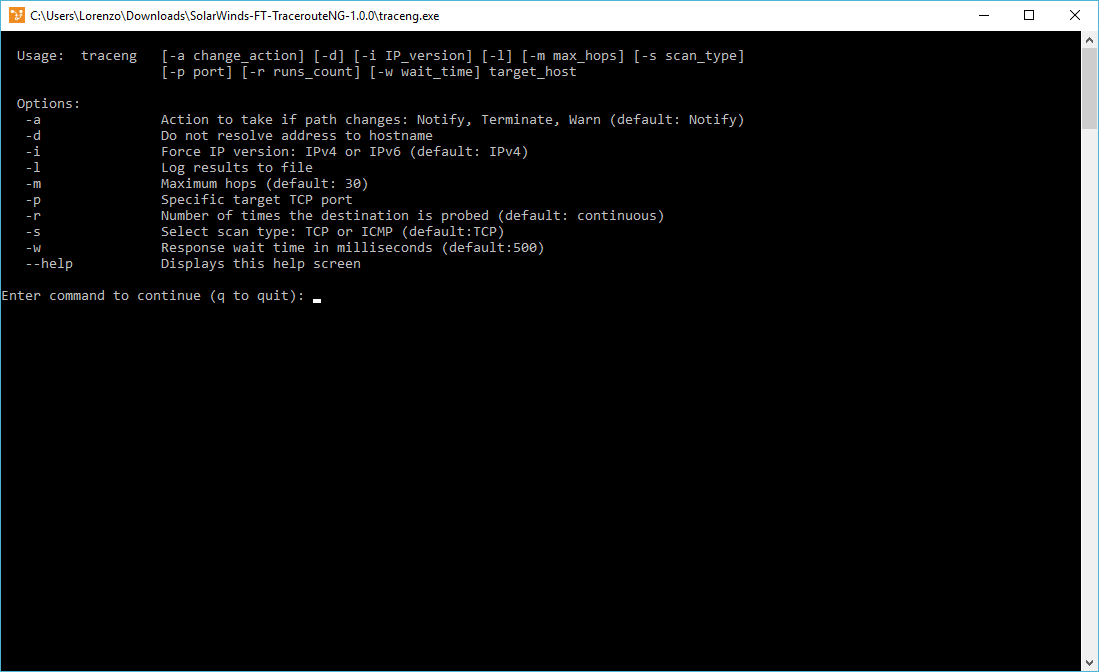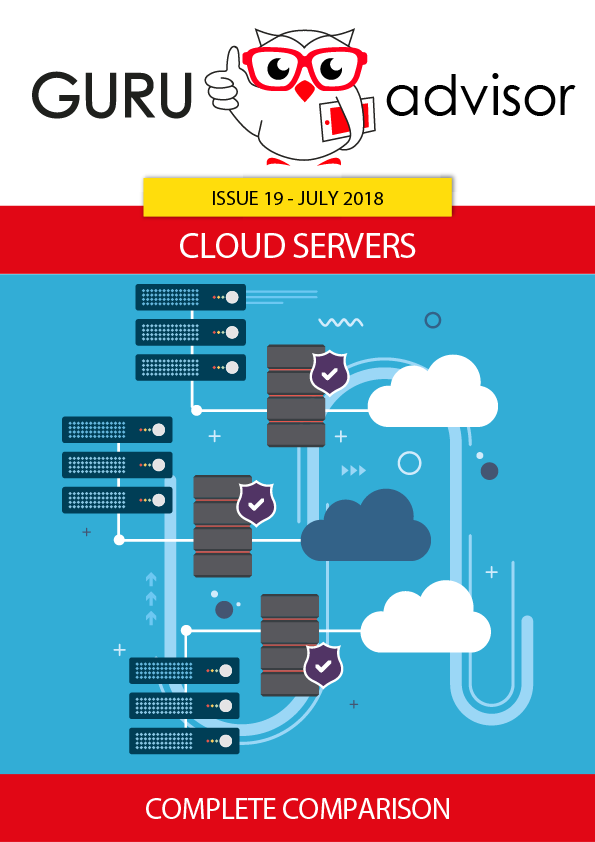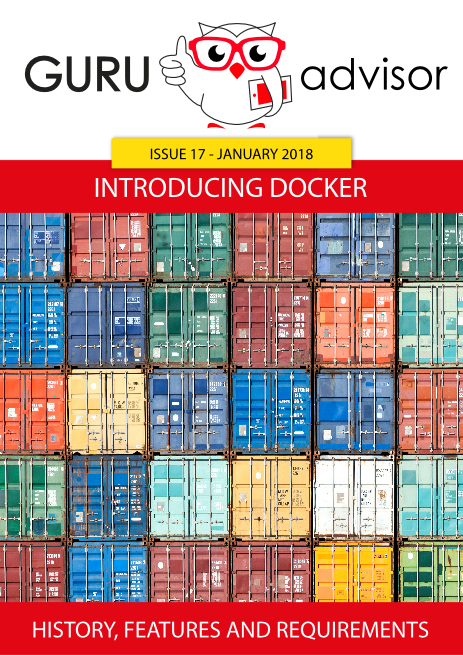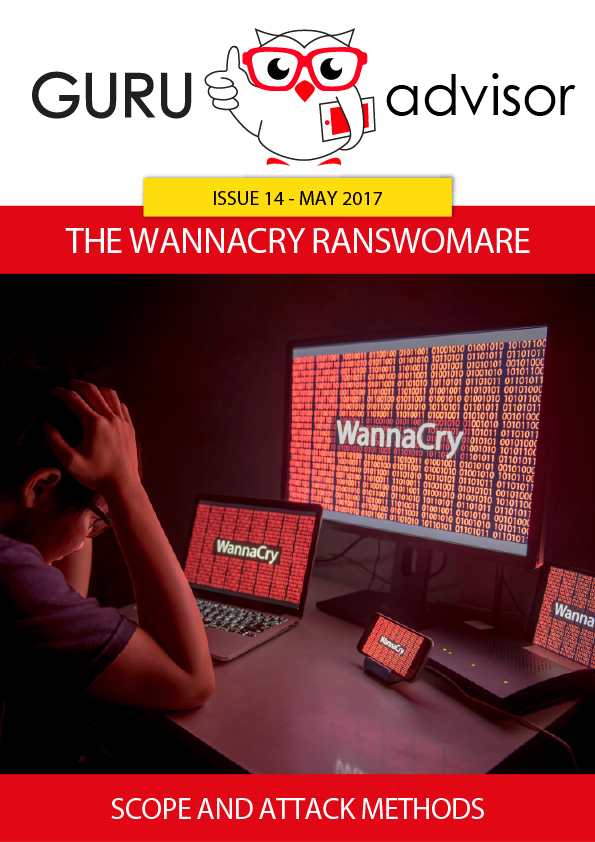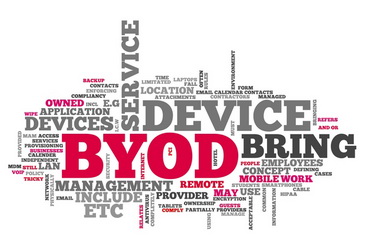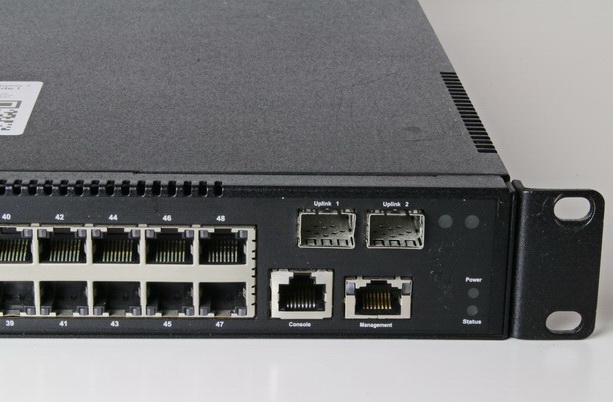- Details
-
Category: Word of the Day
-
Published: Thursday, 09 June 2016 08:30
-
Written by Guru Advisor
ASIC stands for Application-Specific-Integrated-Circuit and defines chips conceived and developed to perform specific purposes. Unlike common processors capable of performing generic activities, ASIC are used in contexts where a limited number of duties, or even one single duty, must be performed as efficiently as possible. For instance, memory and disk controllers, or routers that manage protocols and data traffic in networking scenarios.
- Details
-
Category: Word of the Day
-
Published: Thursday, 09 June 2016 08:30
-
Written by Guru Advisor
The term multi-tenant describes software architectures where a single instance of the very same software is shared among several users, called tenants. The application is developed with the aim of maintaining a virtual separation between data and configurations of tenants; each one can be customised in terms or graphical interface, but the underlying code is shared.
A multi-tenant approach, called multi-tenancy, is the opposite of single-tenancy, where each user has a dedicated instance. The choice of multi-tenancy allows to reduce costs as the number of tenants sharing the platform grows.
- Details
-
Category: Word of the Day
-
Published: Wednesday, 11 May 2016 08:30
-
Written by Guru Advisor
DMA is the acronym for Direct Memory Access and indicates some bus architectures implemented in computers that allow the direct transfer of data from connected devices (hard disks, USB drives, peripherals, etc..) to RAM memory without the intervention of the processor in byte transfer management (by sending an interrupt). This technique offers an overall improvement of computing operationg and a lower CPU load.
The usage of the DMA technique is particularly useful when peripherals that communicate among them have different data transfer speeds.
- Details
-
Category: Word of the Day
-
Published: Tuesday, 10 May 2016 08:30
-
Written by Guru Advisor
DAS stands for Direct-Attached Storage and designated storage peripherals that are directly connected to a computer and can't be accessed by others. The most classic example, that is true for both the enterprise and the consumer market, is internal disks (hard-disks or SSDs) connected with SATA, SAS or ISCSI channels. A DAS storage usually offers better performances than network storage (NAS).
- Details
-
Category: Word of the Day
-
Published: Monday, 09 May 2016 08:30
-
Written by Guru Advisor
YUM, the acronym for Yellowdog Updater Modified, is the software used to install, update and remove installation packages on systems that use the Red Hat Package Manager (RPM). YUM is the successor of YUP (Yellowdog Updater) and it's natively implemented as a command line tools, but some tools are available for the use with a graphical interface. YUM is distributed under GNU GPL license and it can be used on distros like Red Hat Enterprise Linux, Fedora and CentOS.
- Details
-
Category: Word of the Day
-
Published: Friday, 06 May 2016 08:30
-
Written by Guru Advisor
SI stands for System Integrator. A System Integrator is a professional, or a company, that is specialized in integrating systems by creating a complete, functioning and efficient infrastructure starting from the available hardware and software elements (for instance, hardware from different manufacturers that must run software of different kinds), by matching the objectives the customer wants to achieve.
- Details
-
Category: Word of the Day
-
Published: Thursday, 05 May 2016 08:30
-
Written by Guru Advisor
OTP stands for One Time Password and is a type of password that, as the name suggests, can be used only once, or per single sessions. A password of this kind expires as soon as it's used, so a new password must be generated for a later session. This approach can eliminate all the problems related to the usage of static passwords (low complexity, replica attacks, lack of update, etc..). Some fundamental requirements lay at the basis of the OTP technique, like proper synchronization between the password generator and the authentication server, and the algorithm that generates passwords.
A practical example of OTP passwords is offered by some banks for the access of its Web services, which provides a physical token that can generate a new key each time.
- Details
-
Category: Word of the Day
-
Published: Wednesday, 04 May 2016 08:30
-
Written by Guru Advisor
A botnet is a set of infected computers that, without the knowledge and consent of proprietaries, are configured to transmit data, information, spam or virus towards other computers connected to the Internet. The bot prefix indeed comes from the fact that any infected machine becomes a "slave" of the controller, called botmaster, that can run remote commands.
The main use of a botnet is about realizind Denial of Service attacks towards specific objectives and the diffusion of spam and phishing campaigns.
- Details
-
Category: Word of the Day
-
Published: Tuesday, 03 May 2016 08:30
-
Written by Guru Advisor
The acronym CBC refers to a ciphering system called Cipher Block Chaining. This technique improves the overall security level offered by the previous ECB (Electronic CodeBlock) ciphering system by adding an additional step in the elaboration chain of data blocks. With a cryptographic system based on CBC, a non-ciphered block of data is elaborated with the XOR logical operation with the previous block which is already ciphered. Only at this time the result of the operation is "feed" into the ciphering algorithm and the procedure keeps on looping until the complete encryption of data.
- Details
-
Category: Word of the Day
-
Published: Monday, 02 May 2016 08:30
-
Written by Guru Advisor
The term 0-day refers to those software vulnerabilities that are discovered the very same day the exploit is released (an exploit is a software designed specifically for a scope), which can exploit -no pun!- them for operations that are usually not allowed, and most times of an illegal nature. This term gets its name by the fact that the developer of the system has zero days to patch the vulnerability.
The good aspect of 0-day vulnerabilites is that once they are identified and fixed, they lose any effectiveness, thus securing the affected system.
- Details
-
Category: Word of the Day
-
Published: Saturday, 23 April 2016 08:30
-
Written by Guru Advisor
In the IT world, a Single Point of Failure (SPoF) is a single vulnerability of the infrastructure. A SPoF can be both of a hardware (switches, routers, servers, single server components, etc..) and of a software nature, and its role is so important that it could compromise the whole system in case of failure. To draw an example, a local network that is connected with the outside world with a single, not redundant router has a SPoF in that router, as a failure or the breakage of such router completely stops any LAN-WAN connection.
The best approach in order to eliminate any SPoF is redundancy: by doubling (or even multiplying) any infrastructural element that could be a SPoF you can avoid a bad functioning state of the whole system in case of a failure.
- Details
-
Category: Word of the Day
-
Published: Friday, 22 April 2016 08:30
-
Written by Guru Advisor
CMS, the acronym for Content Management System, defines all those systems used to produce, manage and publish content on a Web site. A CMS is usually installed on a server and provides a management Web interface, called backend, and an interface, called frontend or CMApplication, for the use of content itself.
CMS was born in the US in the second half of the ‘90s with the main goal, albeit specifically dependant on the type of CMS, is to avoid an ad-hoc server-side development (with subsequent coding and need of specialized personnel) and allow Webmasters to manage content and the site’s structure in a more intuitive way without having Web development skills.
- Details
-
Category: Word of the Day
-
Published: Thursday, 21 April 2016 08:30
-
Written by Guru Advisor
A KVM Switch is an hardware device that allows users to use several computer with a single set of monitor, keyboard and mouse, thus allowing to access different physical machines (even geographically distant) without having to move around or change peripherals. Some versions also support USB ports sharing for storage drives or additional devices.
A KVM Switch is usually composed by a main body which hosts the switch command, and two or more cable sets (video, PS2, USB, etc..), one for each machine to control. On the other end of the connection group it’s possible to connect keyboard, monitor and mouse.
- Details
-
Category: Word of the Day
-
Published: Wednesday, 20 April 2016 08:30
-
Written by Guru Advisor
Amazon EC2 (Elastic Compute Cloud) is a Web service of Amazon’s AWS platform which provides computational resources in the Cloud, with a scalable amount of resources according the the user’s needs. It’s, by all means, a declination of the more generic concept of “Cloud Computing”.
- Details
-
Category: Word of the Day
-
Published: Tuesday, 19 April 2016 08:30
-
Written by Guru Advisor
The term Cloud Service indicates whichever resource (computational, storage, etc..) that is provided via Internet. Cloud Services are grouped into three main families: SaaS, PaaS and IaaS, which are the acronym for Software, Platform and Infrastructure as a Service.
- Details
-
Category: Word of the Day
-
Published: Monday, 18 April 2016 08:30
-
Written by Guru Advisor
FCoE, Fibre Channel over Ethernet, is a standard protocol approved on the 4th of Juve, 2009, that allows to transmit data coming from Fibre Channel networks onto Ethernet infrastructures. This passage happens by mapping FC frame to Ethernet frames (specifically 802.3 frames) so that 10GBps Ethernet connections can be used without losing the features of the original protocol.
This standard is used to connect storage FC connections with SCSI traffic data, which requires a loseless Ethernet infrastructure.
The use of FCoE requires a dedicated hardware (switch and network cards) capable of receiving optical signals and converting in electrical signals.
- Details
-
Category: Word of the Day
-
Published: Friday, 15 April 2016 08:30
-
Written by Guru Advisor
IPv6 is the version of the IP protocol designed to substitute the precedent IPv4 standard. IPv6 mainly differentiates by the number of bits assigned, which changes from 32 to 128.
In the last years the problem of the exhaustion of available IPv4 addresses has got more and more important: the choice of 128 bits allows to manage a total of 4,3 x 10^38 addresses. If they were spread on the ground, there would be hundreds of thousands IP addresses per square metre.
The release of the first addresses with the new format by ICANN was on the 4th February, 2008, when they first got recorded into DNS systems. On the 3rd February, 2011, the last IPv4 block was assigned, but it’s estimated that until 2025 IPv4 will be used allowing users and providers to adapt to the new paradigm.
- Details
-
Category: Word of the Day
-
Published: Thursday, 14 April 2016 08:30
-
Written by Guru Advisor
Core Dump, and also Memory Dump and System Dump, is the saving of the state of RAM memory of a computer in a precise instant or point in time a persistent storage device.
It can be interpreted as system memory Snapshot and the main use it’s software and programs debugging or, more in general, diagnosing crashes and unexpected failures.
The name derives from the metallic and magnetic core of the first storage devices.
- Details
-
Category: Word of the Day
-
Published: Wednesday, 13 April 2016 08:30
-
Written by Guru Advisor
Conficker (AKA Downup, Downaup and Kido) is an infamous viral worm the exploited MS08-67 vulnerability of Microsoft Operating Systems. Discovered in November 2008, this work took advantage of a hole in the network service of the operating system. Diffusion could also happen through storage devices (disks, USB drives, etc..) and the higher the administrative privileges of the infected user, the more dangerous the infection is.
Some of the main consequences of an attack are the loss of scheduled backups, deletion of restore points and the violation of network connections. The work also uses the infected machine to take control of the other devices on the network.
The estimation of the New York Times, consistent with F-Secure’s, is about 9 million PCs infected in January 2009, used to create a huge botnet exploiting Windows PCs without security patches (which were released in 2008).
- Details
-
Category: Word of the Day
-
Published: Tuesday, 12 April 2016 08:30
-
Written by Guru Advisor
BSD stands for Berkley Software Distribution and it’s a particular version of the UNIX Operating System which was developed by the University of California in Berkley. This distribution is at the basis of several free versions of the OS: FreeBSD, OpenBSD, NetBSD, FreeNAS and many more.
The first version was published in 1977 as a slightly modified version (by means of specific patches) of the UNIX release by AT&T. The system underwent several releases during the ‘80s until the 1995 definitive 4.4-lite Release2 release, from which descendant projects have spurt.
